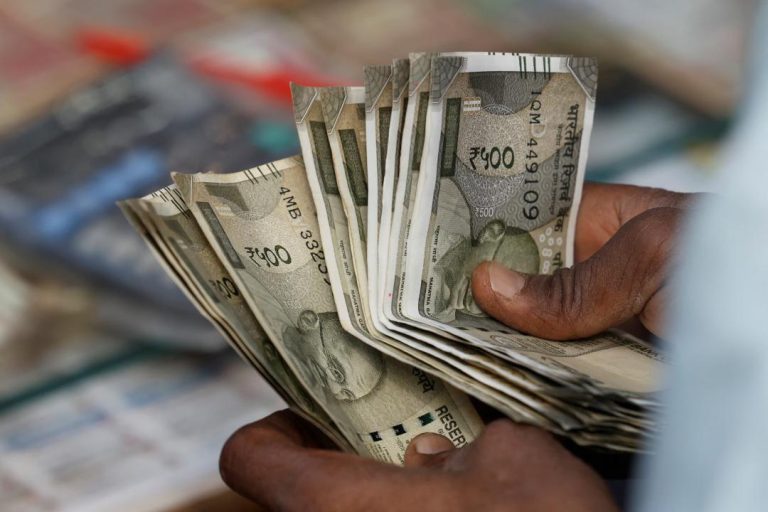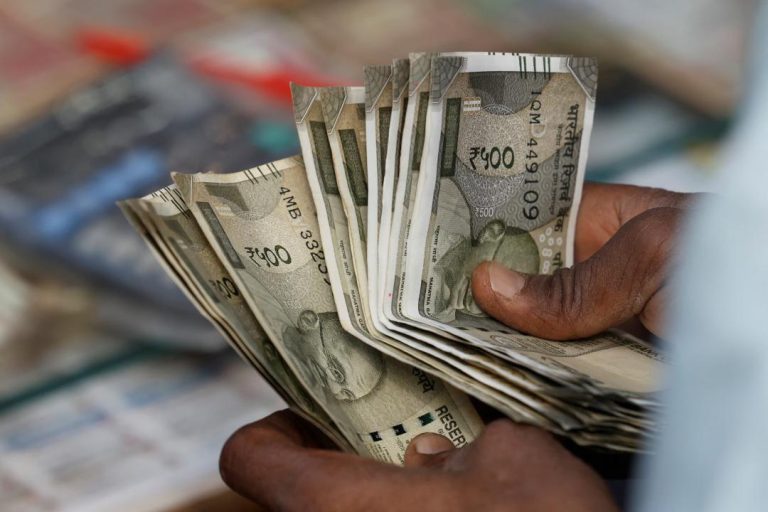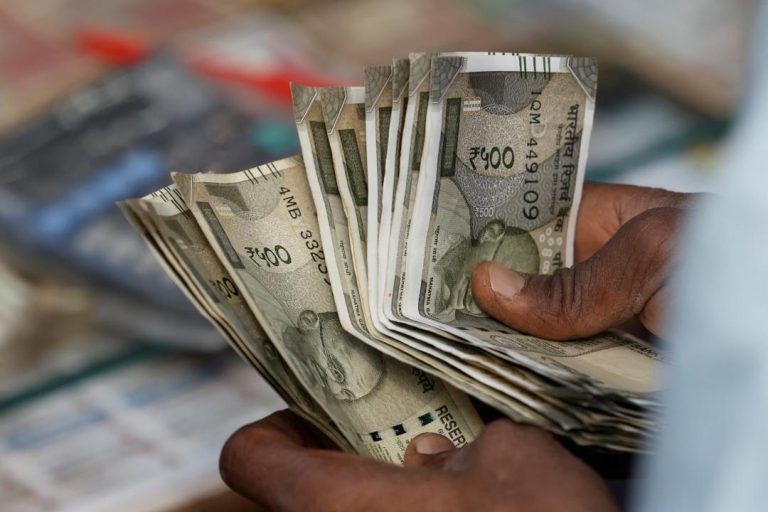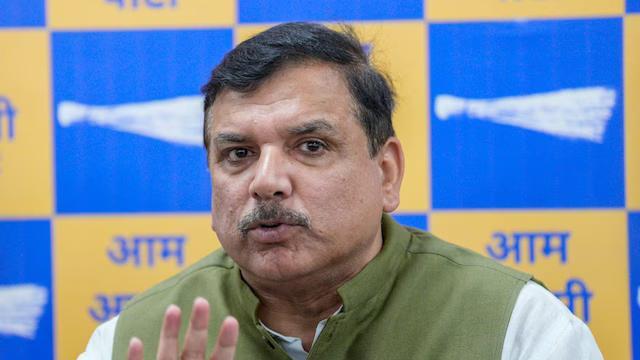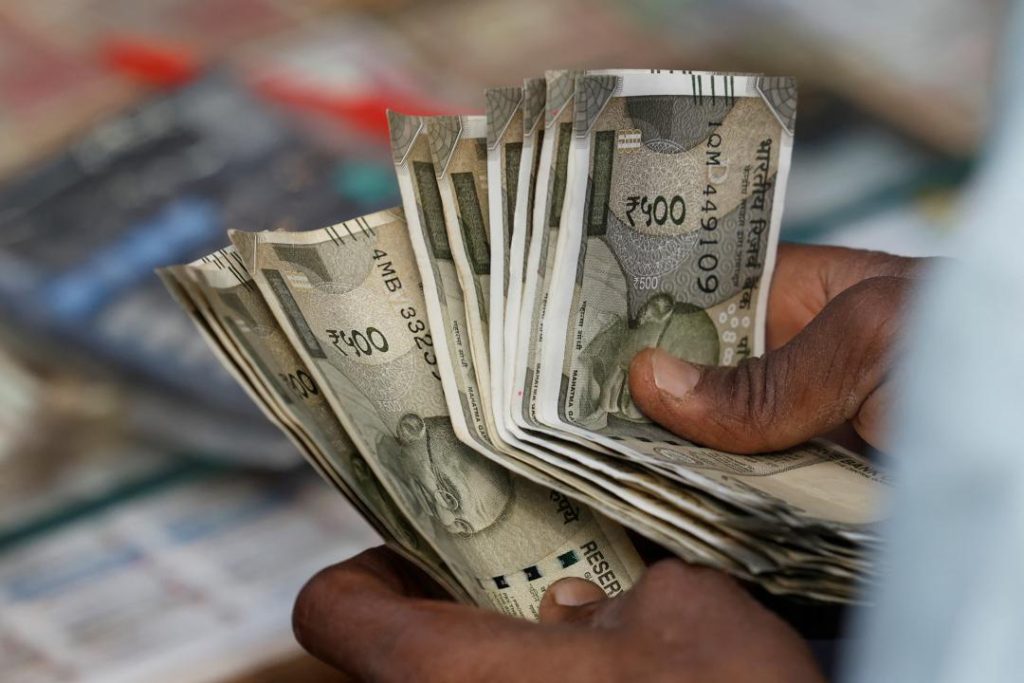
What got cheaper & costlier in March as CPI falls to 67-month-low of 3.34%?
The retail inflation rate in India has fallen to a 67-month low of 3.34% in March, according to data released by the Ministry of Statistics and Programme Implementation. This significant decline in prices is a welcome relief for consumers, who have been grappling with increasing costs of living in recent years. But what exactly got cheaper and costlier in March? Let’s take a closer look at the data.
Prices that declined:
Some of the key items that saw a significant decline in prices in March include eggs, vegetables, and pulses. The prices of these essential commodities fell by as much as 13.1%, 7.8%, and 6.4%, respectively, compared to the same period last year. This is a major relief for consumers, who have been struggling to afford these basic necessities.
Other items that saw a decline in prices include spices, meat, fish, and housing. The prices of these items fell by 2.4%, 2.1%, 1.6%, and 1.3%, respectively, compared to the same period last year. While the decline may not be as significant as some of the other items, it’s still a welcome relief for consumers who are looking to save some money.
Prices that rose:
On the other hand, some items saw a significant increase in prices in March. Fruit prices, for example, rose by as much as 15.8% compared to the same period last year. This is a major concern for consumers, who are already struggling to afford basic necessities.
Other items that saw a rise in prices include cereals, milk, oil, sugar, confectionery, clothing, snacks, sweets, pan, tobacco, footwear, fuel, and health and education. The prices of these items rose by 2.2%, 2.1%, 1.9%, 1.7%, 1.5%, 1.4%, 1.3%, 1.2%, 1.1%, 1%, and 0.9%, respectively, compared to the same period last year.
What’s driving the decline in prices?
So, what’s driving the decline in prices? According to the Ministry of Statistics and Programme Implementation, the decline in prices is primarily due to a decrease in the prices of food items. The prices of food items, including eggs, vegetables, and pulses, have fallen by 4.4%, 3.4%, and 3.2%, respectively, compared to the same period last year.
The decline in food prices is attributed to a combination of factors, including a good monsoon last year, which led to an increase in agricultural production, and the government’s efforts to reduce food inflation through measures such as the National Food Security Act.
What does this mean for consumers?
The decline in prices is a welcome relief for consumers, who have been struggling to afford basic necessities in recent years. With prices of essential items like eggs, vegetables, and pulses declining, consumers can expect to save some money on their grocery bills.
However, it’s important to note that the decline in prices is not uniform across all items. While some items, such as fruit, have seen a significant increase in prices, others, such as cereals, have seen a marginal rise. Consumers should be aware of these price changes and adjust their budgets accordingly.
Conclusion:
The retail inflation rate in India has fallen to a 67-month low of 3.34% in March, according to data released by the Ministry of Statistics and Programme Implementation. The decline in prices is primarily driven by a decrease in the prices of food items, including eggs, vegetables, and pulses. While some items, such as fruit, have seen a significant increase in prices, others, such as cereals, have seen a marginal rise. Consumers can expect to save some money on their grocery bills, but should be aware of these price changes and adjust their budgets accordingly.
News Source:
